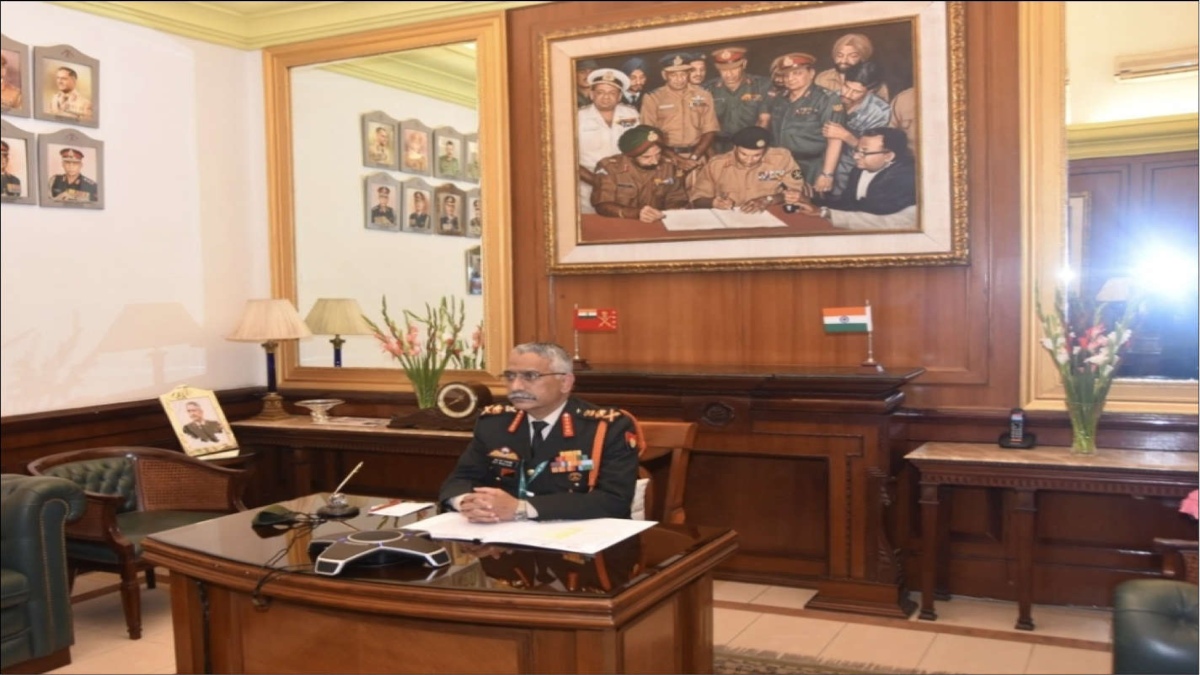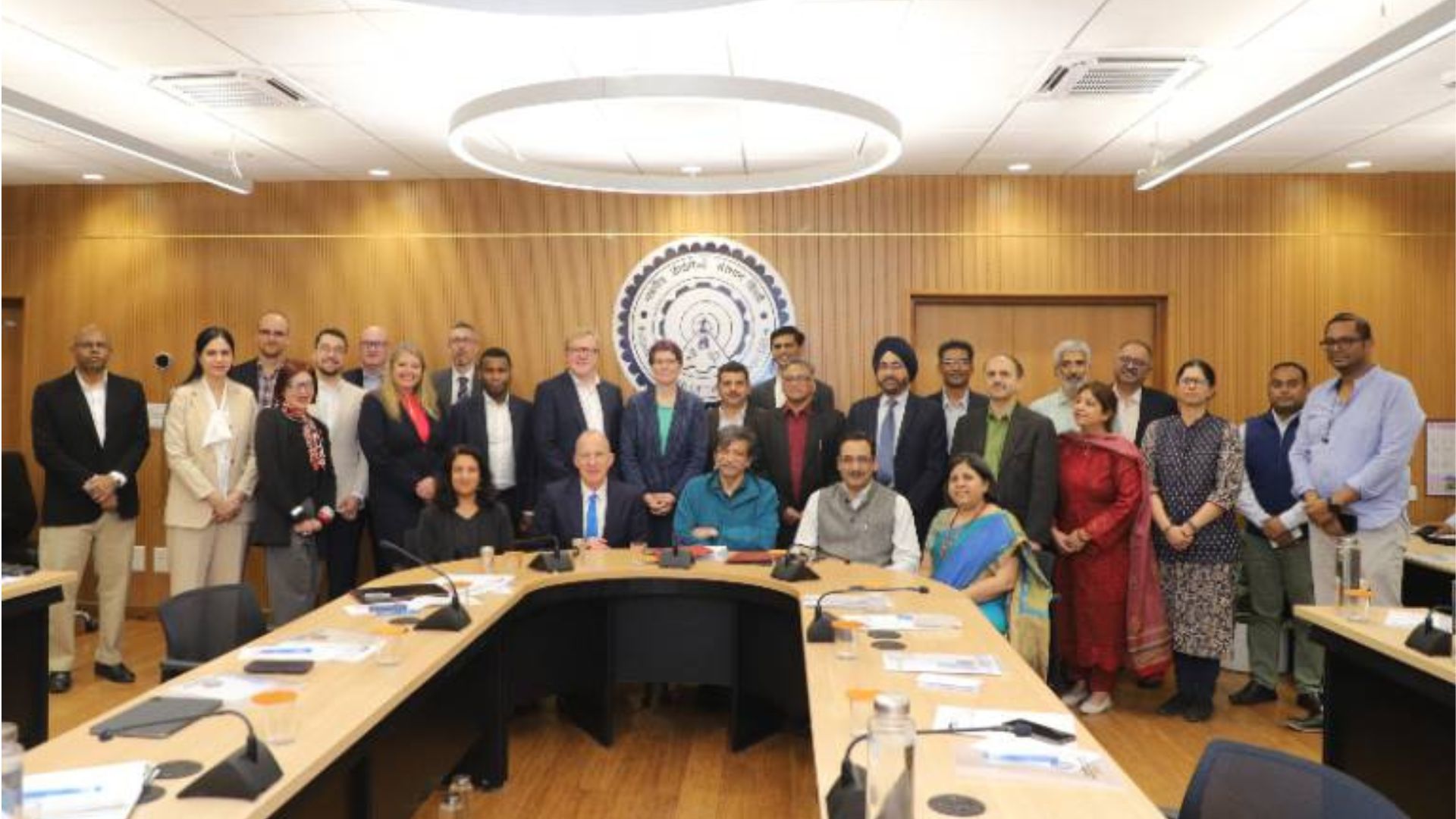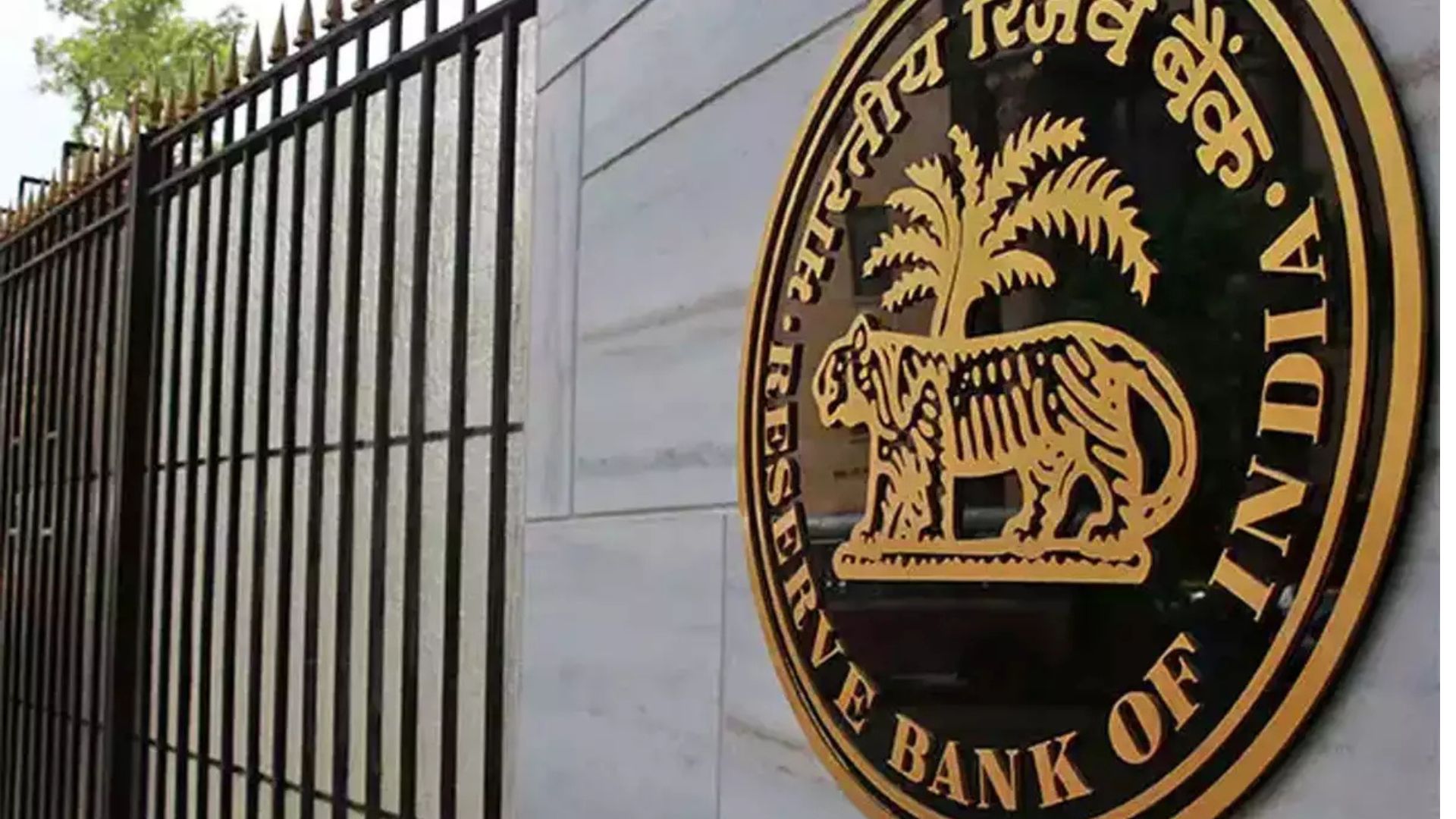
An MoU between the Indian Army and Society of Indian Defence Manufacturers (SIDM) was signed on Thursday to provide further impetus to indigenisation under the Prime Minister’s vision of ‘Aatmanirbhar Bharat’ and to achieve strategic independence by reducing dependence on foreign origin equipment. This MoU was signed on the occasion of 25 Years of Army-Industry Partnership with Confederation of Indian Industry (CII). Collaboration between the Indian Army and the industry started in 1995 with the indigenisation of spares and has progressed to major defence platforms and a wide range of weapons and equipment.


Increasing security challenges due to India›s rising stature in the international community, apart from unresolved borders and revisionist adversaries require continuous and concerted capability building of the Army through modernisation to address them. This can be done by equipping the Army with indigenously built equipment. In order to optimise capability building and single contact with the industry, Indian Army has reorganised itself by aligning both the revenue and capital routes of procurement under Deputy Chief of Army Staff (Capability Development & Sustenance). Army Design Bureau (ADB) has been established to act as a direct facilitator with the industry and thereby connect the defence manufacturers directly with the user. These changes have resulted in a collaborative engagement between the technology provider, the equipment manufacturer and the user.
The Government has made necessary policy changes to support indigenisation and achieving self-reliance in defence sector with the active support from the Army. Industry associations have provided a common platform for industry to interact with Indian Army to showcase their expertise. The inputs of industry go a long way in effecting policy modulation and changes. With the signing of MoU with SIDM, the Army has reiterated its firm resolve towards achieving self-reliance by supporting and handholding indigenous defence industry.
Increasing security challenges due to India›s rising stature in the international community, apart from unresolved borders and revisionist adversaries have led to Indian Army being embroiled in protracted conflicts such as insurgencies and proxy wars. Continuous and concerted capability building of the Army through Modernisation to address these security challenges therefore is a National imperative.
Army Chief General M.M. Naravane speaking at this seminar emphasised on the impetus for partnership between the Army and industry that started in 1995 with indigenisation of spares. Private industry is now providing large defence platforms like artillery guns, bridges, radars and wide range of weapons and equipment. He explained that sustained growth of our industry since 1990s and continued policy impetus for economic growth by the government has made this possible. He said that the platform provided by CII allows outreach to wider industry and bridges gap between user and the manufacturer.
Army Design Bureau (ADB) has been proactively reaching out to the industry in order to handhold indigenous defence industry and harness ready products. This can be done by equipping ourselves increasingly with indigenously built equipment—which we own and can be relied upon, rather than being dependent on continuous imports. Covid-19 pandemic has shown the fragility and disruptions of global supply chain and consequent effect on trade and economic growth. Self-reliance is the only way to insulate ourselves from such disruptions.
The PM’s focus on “aatmanirbharta” and need to achieve strategic independence is key to reduce dependence on foreign origin equipment. India’s industrial capacity and technological capability have matured so that most of our requirements can be realised inshore. Indigenisation plans in defence sector are aligned with ‘Make in India’ initiative to intensify and achieve self-sufficiency in defence equipment as part of Indian Army’s commitment to Nation Building.
The MoD has further strengthened the Armed Forces by according enhanced financial powers to meet instant requirements and is making endeavours for allocating requisite financial outlay. A large number of schemes are at advanced stages of procurement which once approved, would significantly boost the efforts of the Indian Army to transform into a more potent and adaptive force. 75% of projects of 13th Army Plan are being sourced through Make in India.
Enabling policy measures, swift decision making and accelerating process timelines have induced a new sense of direction and there is a strong Make in India traction in many major areas such as combat vehicles, guns, rockets, ammunition, missiles, radars, electronic warfare systems.DAP 2020 has introduced substantial amendments to provide for efficient and expedited procurement of defence technology and equipment, large incentive to the private sector-promising transparency and probity to the process. It aims to promote ‘Make in India’ initiative by fostering growth of the domestic defence industry and re-emphasise priority to ‘BUY (Indian-IDDM)’ equipment and introduces a new chapter on Make III.
The strategic partnership model announced by the Government opens up new opportunities for long term engagements with major private industrial players in the country. The model will facilitate niche tech being transferred to the strategic partners through G2G negotiations and also facilitate development of defence ecosystem capitalising on our large technical talent and integrating large number of start-ups, SMEs and MSMEs. Two defence corridors around existing defence industrial manufacturing hubs will act as a catalyst in attracting new industries and manufacturing facilities. Major testing facilities will be created and logistics connectivity is also planned on being improved.
The government has a targeted turnover of Rs 1.75 lakh crore in defence manufacturing including an export target of Rs 35,000 crore by 2025. The government has announced major policy decisions to include launching of iDEX challenges and reserving projects less than Rs 100 Cr exclusively to smaller companies. The Make III chapter provides opportunities to indigenise spares, sub-assemblies & assemblies after ToT.
The Indian Army has done major changes to its organisational structure to optimise capability building and single contact with the industry. These include aligning both the revenue and capital routes of procurement under Deputy Chief (CD&S), raising ADB as a direct facilitator with the industry, tapping the start-up incubation centres established by IITs and supporting innovative potential of start-ups through DRDO›s Technology Development Fund.
Defence exports have already seen a seven fold increase within three years. Concerted actions by the manufacturers and facilitation by industry associations will assist the government in achieving the stated goal of $5 billion export target by 2025.Innovative solutions include funding of startups (14 so far) through iDEX and iDEX for Fauji, earmarking 13 field firing ranges for internal testing of equipment, organising forward visits by ADB for developers.
SIDM has played a pivotal role during the last six months in enabling indigenous industry to show case equipment in the domain of surveillance drones and specialist vehicles for High Altitude Areas. SIDM has also facilitated series of Start-up Search Webinars conducted by ADB, which was conducted shortly. More than 10 Start-ups have been identified for the innovative use of niche technology.
With the signing of this MoU, Indian Army has reiterated their firm resolve towards achieving self-reliance by supporting and handholding indigenous defence industry.















